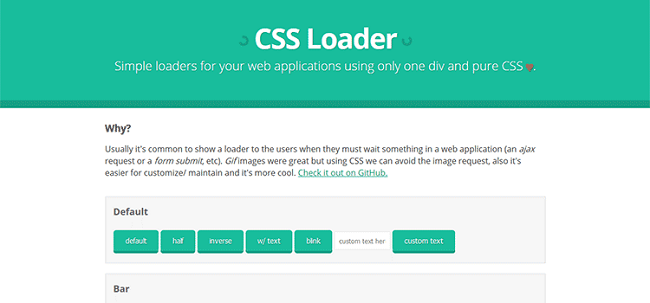

It’s still possible to write lean CSS in 2017. The next Tomango site (still in development) has 10KB of CSS (before Gzip). The last site I worked on had <25KB of CSS. That is a lot of styling, and my guess is most sites don’t use half of it. On the other hand, Bootstrap is comprised of: They contain all and only the component styling needed for that site with no additional overhead. I’ve worked on and created some very specific UI frameworks for clients. Relying on a UI framework increases the design domination of these big multi-nationals. Don’t get me wrong, these are all stunning pieces of design work, but they don’t need to be replicated on every site. The result is a lack of design originality on the web. Since Stripe have pushed their bold gradients and diagonal lines, there have been a swathe of imitators. When a few top marketing agencies started running a hero image with big white text, it seemed like every agency implemented it (ours included). When Google released their design guidelines, the web became flat. These huge companies are able to implement changes to their systems and turn the tide of design. The internet is being governed more and more by a couple of key players. This gives me a few concerns: Top-down design These are both very noble and valid use-cases and I can totally see how a framework would help in these situations.īut there does seem to be a trend forming of using a UI framework as a means of implementing a design for production. In the past, these frameworks have been sold as prototyping systems or ways for non-designer devs to make beautiful things. This tends to lead into a battle of inheritance where one has to write some pretty nasty CSS to ‘beat’ the aggressive framework. I think that most of the awkward experiences have occurred when I’ve tried to fight the system to tweak the design ever so slightly. float-sm-left and out pops a nice modern-looking UI. The frameworks where you include a rather large black box of CSS and JS into your page, scatter your HTML with classes like. When I say generic UI frameworks, I’m referring to the Bootstraps & Tachyons of this world. The few times I have come into contact have felt cumbersome and generally awkward to work with. Generic UI frameworks are something I’ve admittedly had little time dealing with. Each site has a bespoke design and I work in a small development team. I’ve worked on some larger ecommerce and business systems. And I love building features in CSS that have previously only been possible in JS.Īs some form of background, my day-to-day is mostly building sites for small/medium businesses. Some of those suggestions go against what I’ve learned building websites (as opposed to web ‘apps’, that’s a topic for another day), so I’m keen to find out what the ‘correct’ solutions are. Since beginning to dip my toes into the world of JS frameworks, I’ve noticed patterns emerging about how developers ‘should’ be styling websites.


 0 kommentar(er)
0 kommentar(er)
